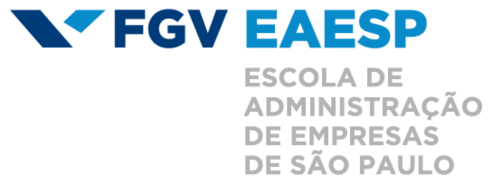By examining the degree of consistency, or inconsistency, across different climate dimensions rated by employees, they explored how these differences contribute to collective turnover. Using a large sample of 25,288 individuals across 150 organizations, the results showed the impact of climate variability alongside global climate ratings to gain a deeper understanding of its effects in collective turnover.
The findings revealed that while a positive global climate is beneficial, the level of variability in how employees rate various climate dimensions significantly influences turnover outcomes. Specifically, moderate to high climate variability was associated with a sharp increase in collective turnover rates, highlighting the disruptive effect of mixed signals within the workplace. Additionally, the study identified a curvilinear relationship between climate variability and turnover: lower levels of variability has a mild impact, but turnover rates rise substantially as variability increases. This variability also weakens the positive influence of a generally favourable climate, showing that a cohesive environment is essential for maximizing retention.
For organizations aiming to foster sustainability and long-term workforce stability, these results emphasize the need to manage climate variability effectively. Ensuring consistency in employees’ workplace experiences can help reduce turnover and enhance organizational cohesion.
Read the full article
To explore these findings in greater depth and discover practical strategies for implementation, read the full paper here.





